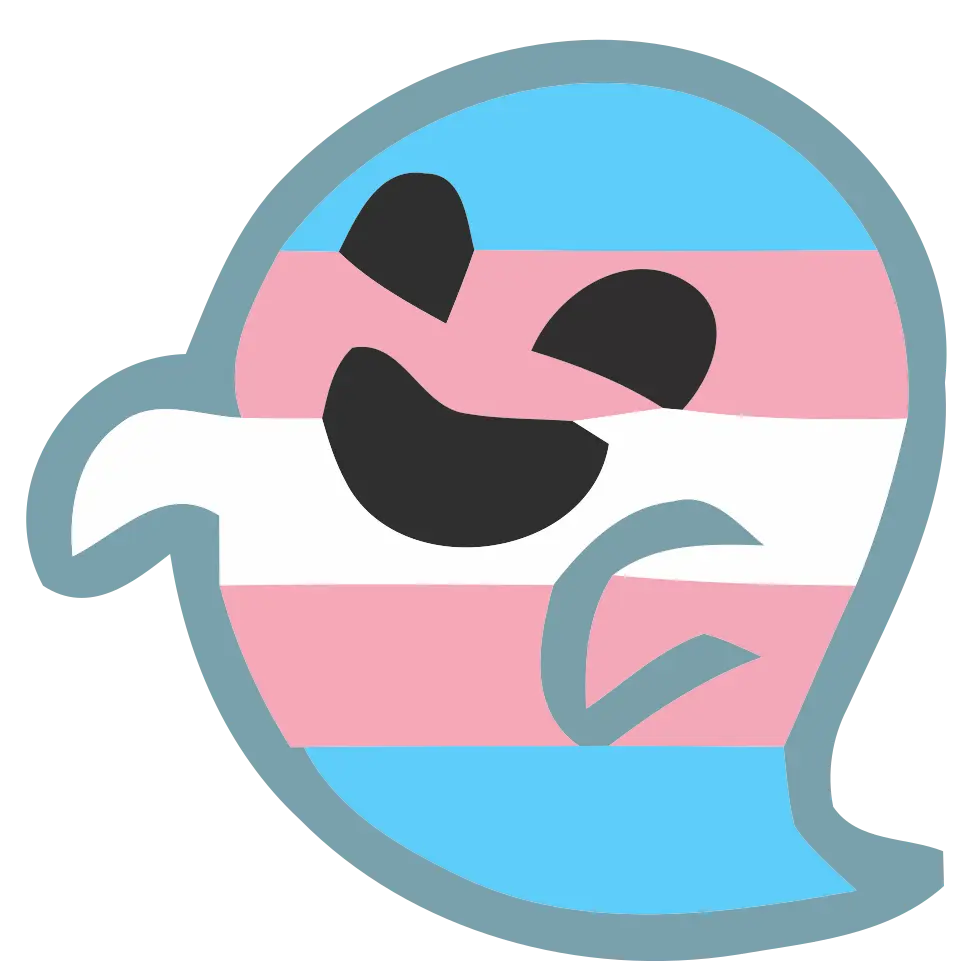My target audience are people “on the fence” of becoming transphobic, and people who cause harm to the trans community without knowing it by spreading misinformation (that they don’t know is misinformation) and disrespecting trans people overall.
Right now, I just want a list of transphobic claims to debunk, and ideally sources to aid in debunking them.
While I won’t be going through the list point-for-point in the video essay, I intend to slot them into relevant sections that I’ve already planned out.
Reliable experts to research for reference would also be very helpful. 
My goal is to be as non-hostile as possible–extending the courtesy of respect, in the hopes that some of them will reciprocate that respect.
I don’t expect civility from the entire group, but every new ally counts. 


For the claim that being trans is a fad or something new or whatever, I think one of the best sources to debunk this is the poems of Sumerian high priestess Enheduanna, who lived around ~2300 BCE in the Akkadian Empire. She was the daughter of the world’s first emperor, Sargon the Great of Akkad and appointed High Priestess. She is the first non-anonymous author in the entire historical record. Her poems explicitly mention and describe people who transition between genders and occupy genders that are neither male nor female, and also take up roles inside the cult of Inana (or Inanna) [Sumerian] / Ishtar [Akkadian], goddess of sexuality, love, war, and political power, and divine androgyne. In addition, she is even given the power of transitioning someone’s gender in what was called the Head Overturning Rite. The poems were so influential they exalted Inanna above all the other gods and they were taught in scribal schools for around a millenia after her death, which is the reason we still have them, because we dug up the course work of scribes who lived thousands of years ago. These quotes come from Inanna, Lady of Largest Heart: Poems of the Sumerian High Priestess Enheduanna by Betty De Shong Meador, which is available on Anna’s Archive.
The galaturra and kurgarra eventually became temple personel in other texts. From the poem Inanna and Ebih,
The pili-pili and the kurgarra are effectively described as transitioning from one gender to another, via Inanna. From the poem Lady of Largest Heart,
Later on in the poem as Enheduanna is listing the powers, or me (pronounced ‘may’), of Inanna, she very explicitly states,
I’m obviously biased, but I feel like someone would have to do some pretty intense mental gymnastics to read all this and deny that the segment of humanity that today we in the West call “transgender” did not exist at least this far back and weren’t the people Enheduanna is mentioning. Though our contemporay terms don’t really work within this context, the kurgarra and gala could be very broadly described as transfem, and the pili-pili could be very broadly described as transmasc. The gala would sing in a dialect of Sumerian meant to render speech of female gods, and some also adopted feminine names.
There’s dozens upon dozens of other instances of gender diversity across history and cultures if you go looking for it. Indigenous American cultures have a ton of different expressions of this, today broadly collected under the term two-spirit. In ancient Rome and Anatolia, there were the Galli priests of Cybele. Those are just the ones I know off the top of my head, but there’s an almost endless rabbit hole of examples, plus untold numbers that don’t survive in the historical record.